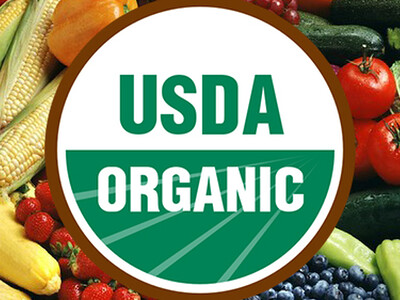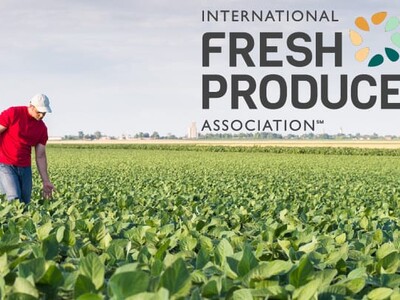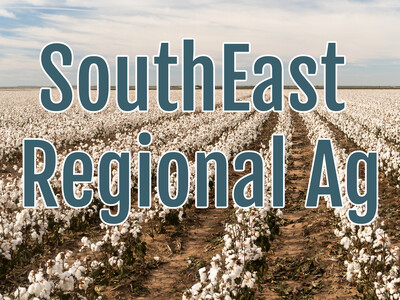Market Snapshot
Market Snapshot. I’m Greg Martin with today’s Line On Agriculture.
It’s that time again when the folks at Northwest Farm Credit Service put together their quarterly look at the ag industry here in the northwest. Michael Stolp, Vice President for Market Research and Development give us the break down.
STOLP: Drought and weather conditions have affected Northwest producers differently. Crop producers realized varying yields based on commodity, irrigation, and region. Early optimism around the 2012 Northwest cherry crop faded as a surplus of small cherries and the impact of rain, hail, and heat took their toll on the market. Depending on harvest timing, growers with good quality, size, and tonnage will cover costs and some will be profitable. Unfortunately, some producers will struggle to break even this year, with returns for mid-July to mid-August expected to be the lowest of the season.
He now takes a look at the northwest apple crop.
STOLP: The outlook for the Northwest apple industry is bullish. Early season pricing is historically high and there is very little old crop carryover. Strong demand is propelling new crop apple sales forward. The Northwest apple industry will likely produce a record crop in 2012/13, and is poised to benefit from an otherwise short Northern Hemisphere apple crop. Risks to the outlook include four critical challenges: labor, storage, marketing, and weather. Worker availability is tight. There is concern that the Northwest does not have enough controlled atmosphere storage to accommodate the coming crop. Strong demand will keep prices high. And, as always, there is a risk of crop loss if a heavy freeze occurs in mid to late October.
He says the outlook for pear crop is very positive.
STOLP: Although the industry was tested by a record crop and harvest delays, the 2011/12 marketing year benefitted from profitable prices and strong export markets. Initial results for 2012/13 indicate a more manageable crop size. Robust pricing and movement are evident as the new crop market develops. Over the past five years, the Northwest pear industry has exported about one-third of the crop, and last year the industry exported nearly 40 percent of the crop. Exports should be strong again this season, and a smaller European pear crop could create some additional opportunities.
Stolp has some final observations.
STOLP: Regardless of the commodity, several factors affect the market going forward, including short domestic cattle supplies, corn yields, foreign trade activity, tight domestic supplies of competing proteins, global economic credit problems, continued high unemployment, and the health of the domestic and international economy.
For more information on the Northwest agricultural and forest products industries please visit Northwest FCS’ Knowledge Center. That’s today’s Line On Agriculture. I’m Greg Martin on the Ag Information Network.

















